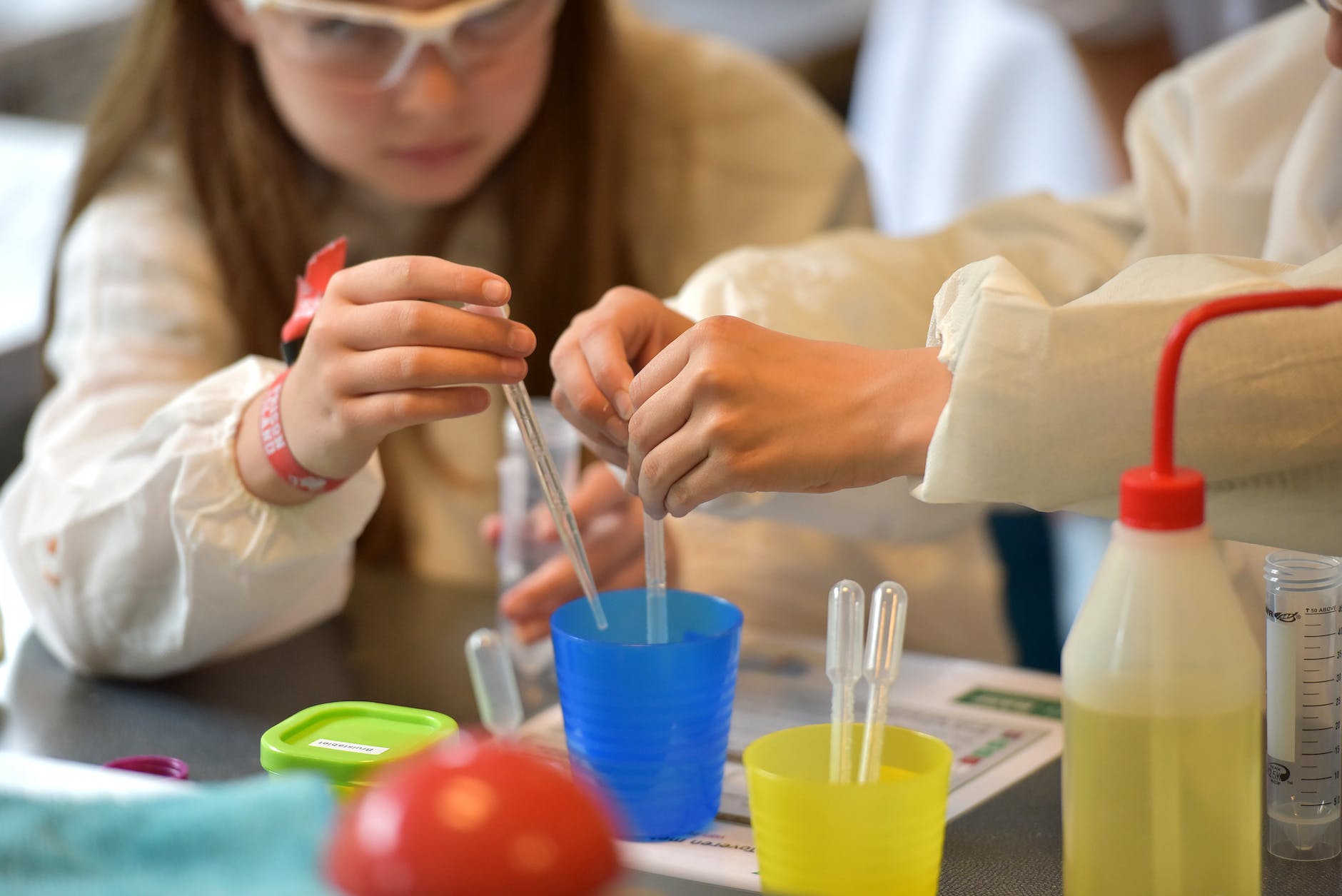There is a lot of research discussing the factors that influence children’s choice of Medical or STEM career.

According to Sahin, Gulacar, & Stuessy; teachers, personal interests, and parents, mostly influence students’ career aspirations. Other factors include; job security, personal interest, job satisfaction, difficulty of preparation courses and influences from friends, parents and role models.
Franz-Odendaal et al. discussed influences on children’s career choices. These include dryness of the subject, parents, teachers, peer pressure, adolescence, and low awareness of careers or medical education relevance.
Other factors that may be assessed in terms of their importance in influencing interest in STEM may be the level of passion for medical research, work ethic, access to mentors or role models, income potential, job market, and intellectual challenge or stimulation in STEM careers.
According to the President’s Council of Advisors on Science and Technology, before entering the eighth grade, students decide that many of the STEM subjects are too challenging, boring, and/or uninteresting. This essentially limits their interest in participating in STEM activities, and in studying Medical STEM fields. Additionally, many students view biology as either boring or very difficult. In fact, some students even suffer from anxiety because of this subject. Regardless of the reason why there is a lack of students going into STEM fields, especially engineering, it is a real concern that needs a solution. In fact, one of the main goals for STEM education research is to increase the overall number of graduates in those fields, especially females.
A role for summer camps in choosing a STEM career
While it is certainly a real problem that there is a lack of students participating in STEM, there are steps that can be taken to build up interest in STEM fields. There is a need to evaluate the effectiveness of hands-on projects in STEM fields on students’ interest. More research is needed to determine if STEM summer camps are successful at increasing students’ interest in STEM disciplines and careers.
===
This article was written by Tushar Singh, MBA, with 10 years of experience in doing market research and business planning.
REFERENCES:
Blotnicky, K. A., Franz-Odendaal, T., French, F., & Joy, P. (2018). A study of the correlation between STEM career knowledge, mathematics self-efficacy, career interests, and career activities on the likelihood of pursuing a STEM career among middle school students. International journal of STEM education, 5(1), 22. https://doi.org/10.1186/s40594-018-0118-3
Gates, S. J., & Mirkin, C. (2012). Engage to excel. Science, 335(6076), 1545–1545. https://doi.org/10.1126/science.1222058
Sahin, A., Gulacar, O., & Stuessy, C. (2015). High School Students’ Perception of the Effects of International Science Olympiad on their STEM Career Aspirations and Twenty-First Century Skill Development. Research in Science Education, 45, 785-805. https://doi.org/10.1007/s11165-014-9439-5
===
Interested in teaching medical literacy pain free? Shop medical literacy resources!
You may also be interested in the following articles:
Why Medical Literacy Needs To Be In Your School STEM Program
Why STEM Education Needs Medical Literacy to Foster Healthcare Innovators
The Benefits of Medical Literacy Resources for Home Education Students
Exploring Medical Fields: Strategies for Home Education Students
Medical Camps and K-12 Medical Education
Ensure that students know how to prepare for medical school

